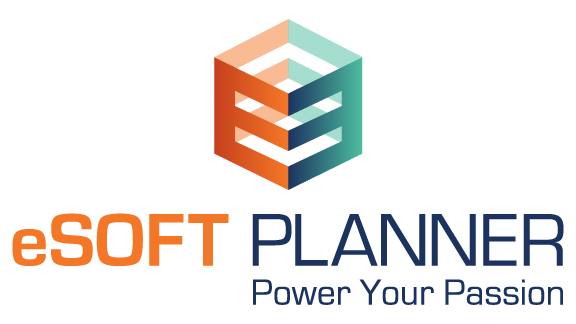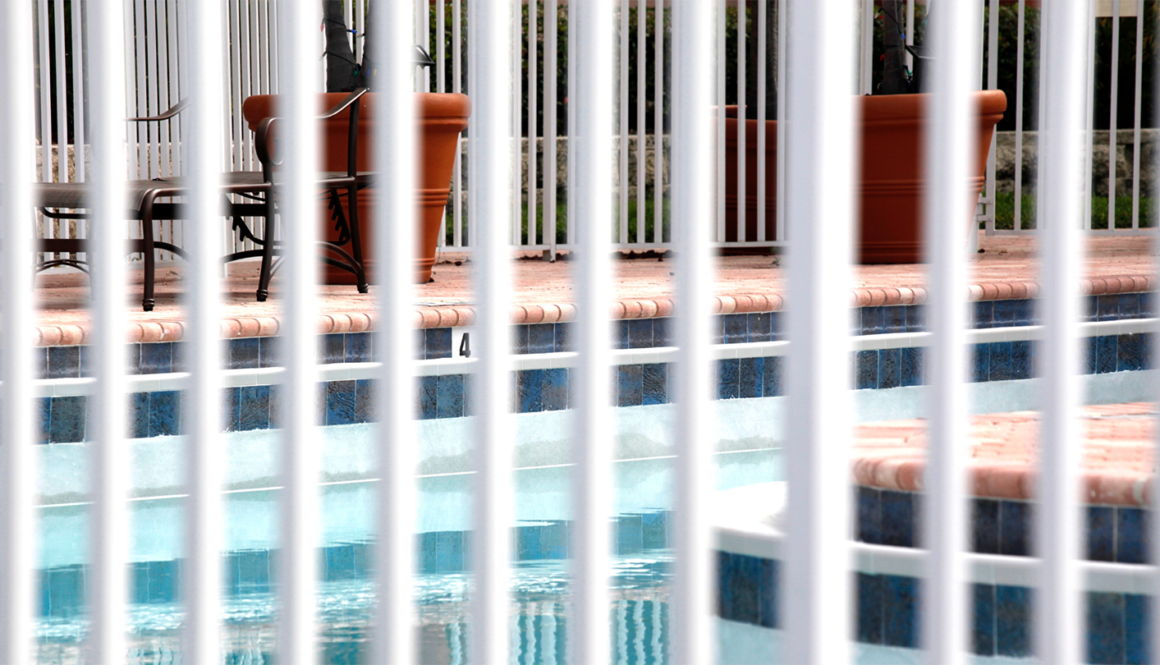Sports Facility Lesson Models
Types of Lesson Models for Sports Facilities
Holding lessons in your sports facility is a great way to boost revenue, when done correctly. No matter which of the sports facility lesson models you choose, an online software platform is crucial to the behind-the-scenes scheduling process. With so many moving parts, facilities need an online lesson scheduling app to stay organized and efficient. Online scheduling software allows clients to book lessons at any time of the day, not just during business hours. Because clients can schedule themselves, it also allows staff to focus on training clients and growing the business. It also helps avoid major scheduling mistakes by eliminating double-bookings. Lastly, it builds an organized, structured calendar for the entire facility.
Once the scheduling system is in place, the next important decision to be made is who will control the billing, the facility or the instructor? In other words, which lesson model should you choose?
Rental Model
With a rental model, the facility’s only responsibility is to exist. The instructors bring in their clients and handle charging for the lessons they teach. This makes things really easy for the facility owner. It reduces efforts in securing clients, paying employees, and fewer taxes are paid by the facility. However, this model has drawbacks for the facility. The clients coming in and out will likely not be added to the facility’s database. As a result, crucial marketing data is not collected and liability waivers are not signed.
Additionally, client loyalty will suffer. With the instructor doing the work to bring in clients, those clients are loyal to their instructor, not the facility. If the instructor wants to move locations, the clients will go with them. Client loyalty can make or break a facility. And with the rental model, facilities lose valuable opportunities to cross-promote their other services.
Scheduling Model
The scheduling model takes the disadvantages of the rental model and turns them into advantages. With the Scheduling Model, the facility is in charge of hiring instructors and bringing in clients for lessons. Although it requires more resources from the facility, it secures a loyal list of clients and collects critical marketing data. Plus, the facility protects itself by ensuring clients have agreed to the necessary liability forms.
Not only does this model require more work from the facility in terms of client scheduling, but also requires more effort in regard to payment and taxes for the instructors. In many cases, instructors are independent contractors, meaning the facility must track their income and provide a 1099 tax form every year.
Both sports facility lesson models have their pros and cons. Some facilities even use both models to maintain current clients while also filling extra space with rentals. The biggest thing to consider as a facility owner is: do you want more or less billing power when it comes to lesson scheduling?
With the help of an online scheduling software, like eSoft Planner, any answer to that question can turn into a successful business model for a sports facility.
Editor’s Note: this is Part 1 of Sports Facility Lesson Models, stay tuned for Part 2 soon…










